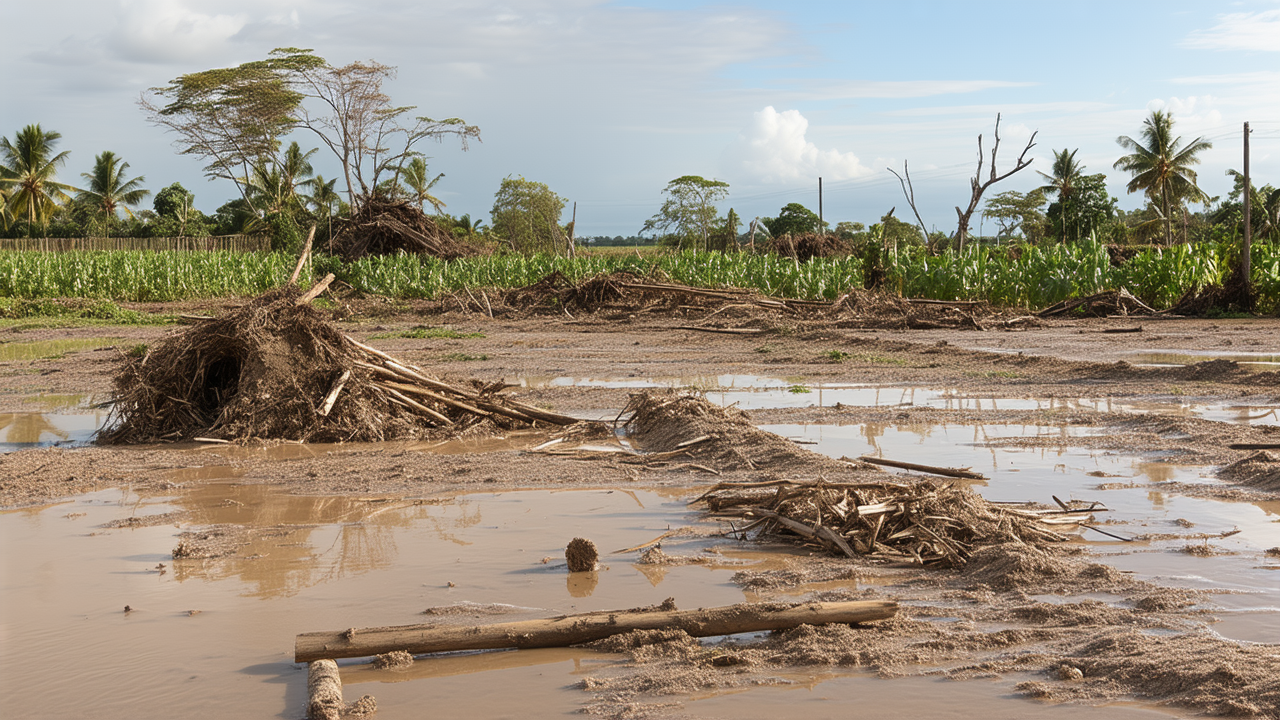Hawke's Bay Shares Cyclone Silt and Recovery Lessons with Flood-Hit Tasman
Hawke's Bay Shares Cyclone Silt and Recovery Lessons with Flood-Hit Tasman
As the Tasman region grapples with the aftermath of two major floods within a fortnight, communities are turning to lessons learned from a similar disaster in Hawke's Bay. The region, which faced the devastation of Cyclone Gabrielle in early 2023, has been sharing its experience in managing silt and debris with the flood-affected areas.
Following the cyclone, Hawke's Bay faced a massive cleanup effort, with over 500 tonnes of silt and thousands of tonnes of woody debris scattered across properties and farmland. The experience of managing this scale of disaster has become a valuable resource for Tasman, which is now dealing with its own flood-related challenges.
"It's quite an eerie similarity when you look at some of the woody debris and silt that we had to deal with in Hawke's Bay," said Darren de Klerk, the taskforce lead for the silt removal programme. "The productive land is another similarity, as a lot of the highly productive horticulture and viticulture land has been infected."
The recovery process in Hawke's Bay was complex and required a methodical approach. The region was divided into six zones, with properties triaged by severity, and disposal sites mapped out to manage the overwhelming volume of material. Over 2.5 million cubic metres of silt were removed from more than 1100 properties, returning around 7000 hectares of land to productivity.
"In the early days, anyone dealing with this will find it quite overwhelming," de Klerk said. "Firstly, it's just understanding the level of involvement that either Civil Defence or the council has in this recovery."
One of the key lessons from Hawke's Bay is the importance of having a pre-established contractor list. This allows for swift action during the recovery phase, avoiding the delays associated with procurement and contracting in the heat of the crisis.
"Having a standby list of contractors available is crucial," de Klerk emphasized. "You don't want to be working through the procurement and contracting of suppliers in the heat of the recovery phase."
Despite the challenges, de Klerk expressed confidence in the resilience of Tasman's communities. "They'll be trying their absolute best," he said. "My thoughts are with them."
The work in Hawke's Bay was not only about physical recovery but also about communication and community engagement. Open dialogue with locals was vital to ensuring that the recovery process was transparent and inclusive.
As the Tasman region moves forward, the lessons learned from Hawke's Bay will play a crucial role in shaping the recovery efforts. The shared experience highlights the importance of preparation, collaboration, and resilience in the face of natural disasters.
